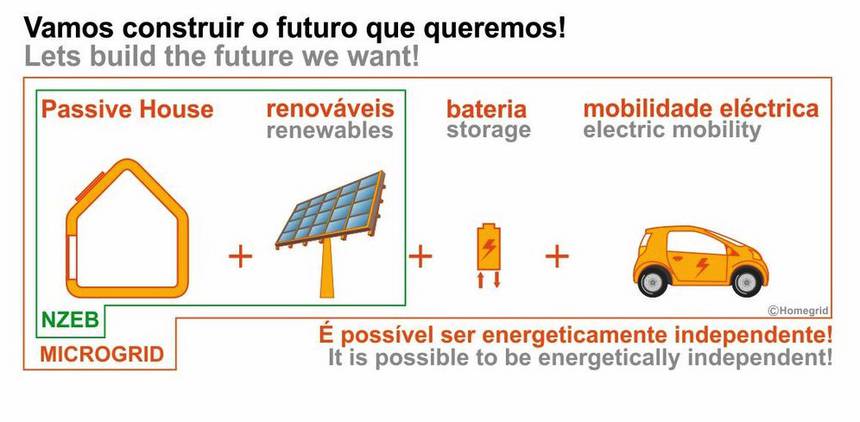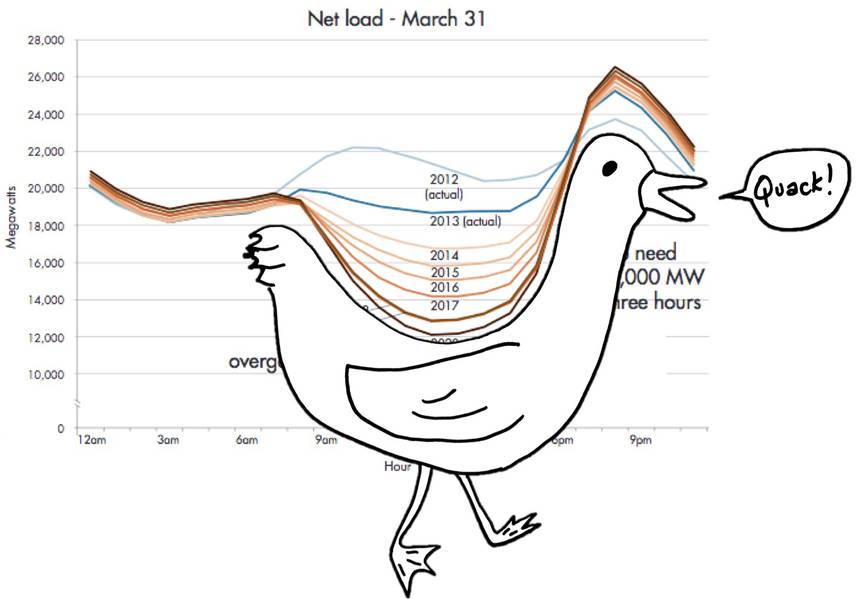Fermata Energy and Nissan introduce bi-directional charging for the LEAF. This has interesting implications.
Fermata Energy recently announced a system where their chargers connect to Nissan Leaf cars but also work both ways, using their proprietary software to “demonstrate the potential of bi-directional charging technology that not only receives power from the grid, but also sends power from vehicle batteries back to the building to reduce electricity costs.” According to their press release,
As the name implies, bi-directional charging technology means an electric vehicle not only receives power from the grid but has the capability to send power stored in its battery pack to partially power external electrical loads, such as buildings and homes, and even to provide energy back to the grid.
Fermata sees this as a way of making money out of battery storage.
“Fermata Energy has found a way to unlock the code and unleash the untapped value in electric vehicle batteries,” Tony Posawatz, EV pioneer and Fermata advisor said today. “Now customers and fleet owners can make money while their EVs are parked. This breakthrough technology will increase the adoption of electrified vehicles.”
 (C) HomeGrid plans
(C) HomeGrid plansBut there is a much bigger picture here. There was a lot of talk about batteries at the Passivhaus Portugal conference I recently attended. This is a country with a lot of sunshine, and Passivhaus designs don’t take a lot of energy to keep cool or warm. So there is considerable discussion about adding electric mobility to the mix, using the sun to charge the car, and then the car to feed back into the home when the sun isn’t shining. I was not crazy about this drawing produced by Homegrid, saying they should show smaller panels, smaller batteries, and electric bikes, but that’s just my bias showing. I do get the concept and there are some interesting possibilities here.
Think of the famous Duck Curve. We previously discussed how a Study shows that electric cars could help kill the duck, but Nissan and Fermata are getting serious here.
Suppose you have a 20 mile drive to work from your sprawlish house to your suburban office park. You charge your car under the sunshine at your office during that duck belly time, drive home and still have 80 percent of your 30 kWh battery charge. Plug it into your home during peak duck, use half the battery charge to help out around the house, and and you still have more than enough to get back to the office.
Suddenly that Nissan Leaf isn’t just sitting in your driveway, but is significantly reducing your electric bill by using cheap solar power during peak times. This is a serious incentive to get an electric car. If a lot of people do it, it can clean the air, reduce greenhouse gas emissions, and kill the duck.
Nissan and Fermata are not aiming this at homes right now. According to the Nissan press release:
Ideal for companies with fleet vehicles, the Nissan Energy Share pilot program will continuously monitor a building’s electrical loads, looking for opportunities to periodically draw on the LEAF’s “lower-cost energy” to provide power to the building during more expensive high-demand periods.
But if they are as they say, “the only vehicle on the market utilizing bi-directional charging”, this is a great beta test to show how they can reduce the ownership cost of the car by time-shifting power, and to make a serious dent in that duck curve.
Fermata Energy and Nissan introduce bi-directional charging for the LEAF. This has interesting implications.
 (C)
(C)